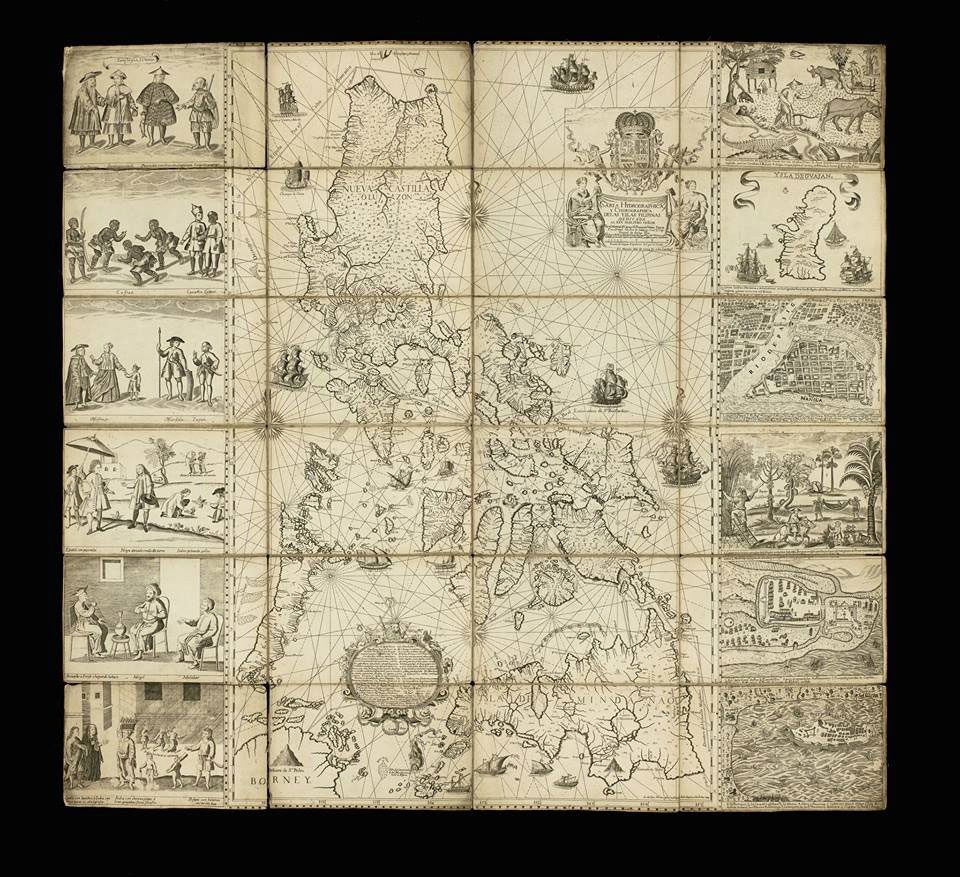China’s repolyo strategy @Ayungin Shoal
Ano nga ba ang nakikinitang endgame ng China sa pagharang nito sa ating mga bangkang maydalang pagkain, tubig, atbp. para sa 8-man contingent ng BRP Sierra Madre, military outpost natin sa Ayungin shoal, na teritoryo natin, hindi ng China.
Noong 2013, a year after the Scarborough scandal, ito ang sabi ng isang Maj. Gen. Zhang Zhaozhong ng China’s People Liberation Army kay Jeff Himmelman ng New York Times Magazine.
He described a “cabbage strategy,” which entails surrounding a contested area with so many boats — fishermen, fishing administration ships, marine surveillance ships, navy warships — that “the island is thus wrapped layer by layer like a cabbage.”
… Of taking territory from the Philippines, he said: “We should do more such things in the future. For those small islands, only a few troopers are able to station on each of them, but there is no food or even drinking water there. If we carry out the cabbage strategy, you will not be able to send food and drinking water onto the islands. Without the supply for one or two weeks, the troopers stationed there will leave the islands on their own. Once they have left, they will never be able to come back.”
Dagdag pa ni Stephanie Kleine-Ahlbrandt, director of Asia-Pacific programs at the U.S. Institute of Peace:
Nothing in China happens overnight. Any move you see was planned and prepared for years, if not more. So obviously this maritime issue is very important to China.” https://www.nytimes.com/newsgraphics/2013/10/27/south-china-sea/index.html
Fast forward to 2023. According to the AFP’s early July air patrols, there was a swarm of more than 50 Chinese “fishing” vessels in the vicinity of Sabina Shoal, not far from Ayungin. Na nadagdagan pa noong August 5, nang i-water-cannon ang ating Coast Guard.
In the Aug. 5 incident, there were additionally some 12 Chinese militia vessels aside from the six Chinese Coast Guard ships in the area, according to AFP Western Command chief Vice Admiral Alberto Carlos. “These fishing vessels are really militia… they seem to be working (and) taking orders from the Chinese Coast Guard.” https://www.philstar.com/headlines/2023/08/11/2287783/afp-eyes-maritime-militia-wps
Five days after the water-cannon affront, the West Philippine Sea was still aswarm with mostly Chinese vessels.
CARLOS. … as far as the entire WPS, based on our last monitoring, close to 500 or more than 400. But that is just an estimate because there might be duplication of sightings,” he said.
Last monitoring was just yesterday on August 10, in Mischief Reef alone, there were 191. Around 85 percent are Chinese vessels,” he added.
Ito na mismo ang repolyo strategy at work: pinapalibutan, binabakuran, ng China ang Ayungin ng sapinsaping mga bangka at barko ng mga mangingisda kuno, pero marine surveillance ships at navy warships sa totoo. Layers of boats and ships pretending to be loaded with fishermen, na papalapit nang palalapit sa BRP Sierra Madre. Ang goal ay malinaw: ma-takeover ang Ayungin nang walang putukan, as in, takutan lang, with water cannons and laser threats and the like. Gray zone tactics that the U.S deems below the threshold of military warfare.
… China operate[s] in the “gray zone” by carrying out actions just below what might be considered acts of war but that achieve the same result — Beijing gaining territory or control without firing a shot.
… The Sierra Madre is visibly rusting away, it is becoming structurally unsound. At some point it will begin to breakup and otherwise become uninhabitable. At which point china’s strategy works because all they have to do then is sort of ‘rescue’ the poor Philippine sailors off the shoal because they’re the only people around.
And then they will control the shoal.
Unless something changes, that is what will happen. It’s just a matter of when it will happen.
WHAT NOW
Matagal nang pahirapan ang pagpaparating ng supplies at repair materials sa BRP Sierra Madre. Ang tanong ngayon: Is China revving up for a full-court press kumbaga, as in, wala nang supplies na palulusutin?
Ayon kay Manny Mogato ng PressOne:
China has been waiting for the ship [BRP Sierra Madre] to collapse but the Philippines has been trying to save it by reinforcing it with cement and steel.
On Aug. 5 … The Chinese Coast Guard accused the Philippines of bringing in construction materials to BRP Sierra Madre, blocking the boats and using a water cannon to prevent the vessels from getting near BRP Sierra Madre.
One of the wooden boats made it though. The shallow waters around BRP Sierra Madre prevented the large Chinese vessels from following it. The other boat left after evading too much pressure from the water cannon.
Sa palagay naman ni Alex Magno ng PhilStar:
This [Aug 5] incident is not an accidental one.
This will be the standard Chinese tactic from hereon. They will try to disrupt every resupply mission, hoping that we eventually throw up our arms and decide it is too costly to maintain that small detachment on Ayungin.
China has initiated a severe test of wills. They will continue to cram the waters they claim with Coast Guard and “militia” vessels. All these prowling vessels will try to intercept every Filipino vessel that moves into what they claim is their territory.
At heto ang reaction ni Ex-Foreign Affairs Sec., now PH Ambassador to the UK, Teddy Locsin sa August 10 pahayag ni AFP Chief of Staff Romeo Brawner Jr. na balak ng gobiyernong mag-deploy ng naval reservists sa West Ph Sea.
Yes. A war for real. Without shades of gray. Because Ayungin is ours, #AtinAngAyungin, no ifs or buts.
*
‘Little blue men’: Is a militia Beijing says doesn’t exist causing trouble in the South China Sea?
AFP eyes maritime militia in WPS
Philippines should take action vs. China’s ‘gray zone’ tactics —experts
Water cannon incident confirms Chinese fishing vessels are militia – WESCOM
‘Creeping invasion’ — Walk the talk, Gibo tells China
